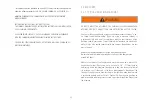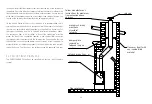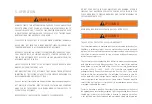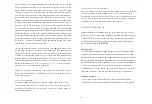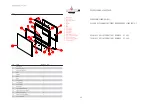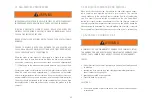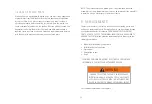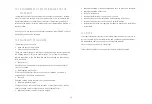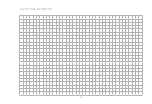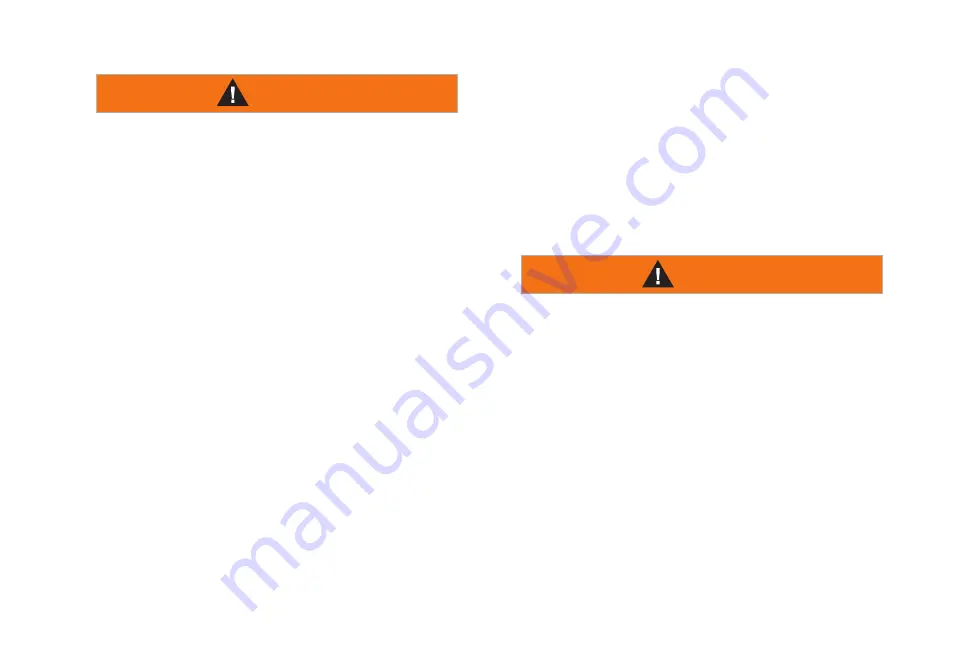
49
7.2 CREOSOTE FORMATION AND REMOVAL
When wood is burned too slow, it produces tar and other organic vapors,
which combine with expelled moisture to form creosote. The creosote
vapors condense in the relatively cooler chimney flue of a slow-burning
fire. As a result, creosote residue accumulates on the flue lining. When
ignited this creosote makes an extremely hot fire. The chimney connector
and chimney should be inspected at least once every two months during the
heating season to determine if a creosote buildup has occurred. If creosote
has accumulated it should be removed to reduce the risk of a chimney fire.
7.3 RUNAWAY OR CHIMNEY FIRE
WARNING
A CHIMNEY FIRE CAN PERMANENTLY DAMAGE YOUR CHIMNEY SYSTEM.
THIS DAMAGE CAN ONLY BE REPAIRED BY REPLACING THE DAMAGED COM-
PONENT PARTS. CHIMNEY FIRES ARE NOT COVERED BY THE WARRANTY.
CAUSES:
• Using incorrect fuel, or small fuel pieces which would normally be used
as kindling.
• Leaving the door ajar too long and creating extreme temperatures as
the air rushes in the open door.
• Improperly installed or worn gaskets.
• Creosote build up in chimney.
SOLUTIONS:
• Do not burn treated or processed wood, coal, charcoal, coloured paper
or cardboard.
7.1 ASH REMOVAL PROCEDURES
WARNING
IMPROPER DISPOSAL OF ASHES RESULTS IN FIRES. DO NOT DISCARD ASHES
IN CARDBOARD BOXES. DUMP IN BACK YARDS, OR STORE IN GARAGES.
IF USING A VACUUM TO CLEAN UP ASHES, BE SURE THE ASHES ARE
ENTIRELY COOLED. USING A VACUUM TO CLEAN UP WARM ASHES COULD
CAUSE A FIRE INSIDE THE VACUUM.
NEVER OPERATE YOUR APPLIANCE WITH THE ASH PLUG (IF APPLICABLE)
REMOVED.
FAILURE TO ACHIEVE A GOOD SEAL BETWEEN THE ASH OPENING, ASH
PLUG OR ASH WELL DOOR WILL RESULT IN AN OVER FIRE CONDITION THAT
COULD CAUSE DAMAGE TO THE APPLIANCE.
Allow the ashes in your firebox to accumulate to a depth of two or three
inches; they tend to burn themselves up. When the fire has burned down
and cooled, remove any excess ashes but leave an ash bed approximately
1” (25mm) deep on the firebox bottom to help maintain a hot charcoal bed.
Shovel some ashes out through the door into a metal container with a tight
fitting lid. Leave an ash bed approximately 1” (25mm) deep on the firebox
bottom to help maintain a hot charcoal bed. Keep the closed container on a
noncombustible floor or ground, well away from all combustible materials.
The ashes should be retained in the closed container until all cinders have
thoroughly cooled. Cold wood ashes can be used on the garden or in the
compost.
Summary of Contents for M 700 INSERT
Page 40: ...40...
Page 56: ...56 10 6 FOR YOUR INFORMATION...
Page 57: ...57 10 6 FOR YOUR INFORMATION...
Page 58: ...58 10 6 FOR YOUR INFORMATION...

